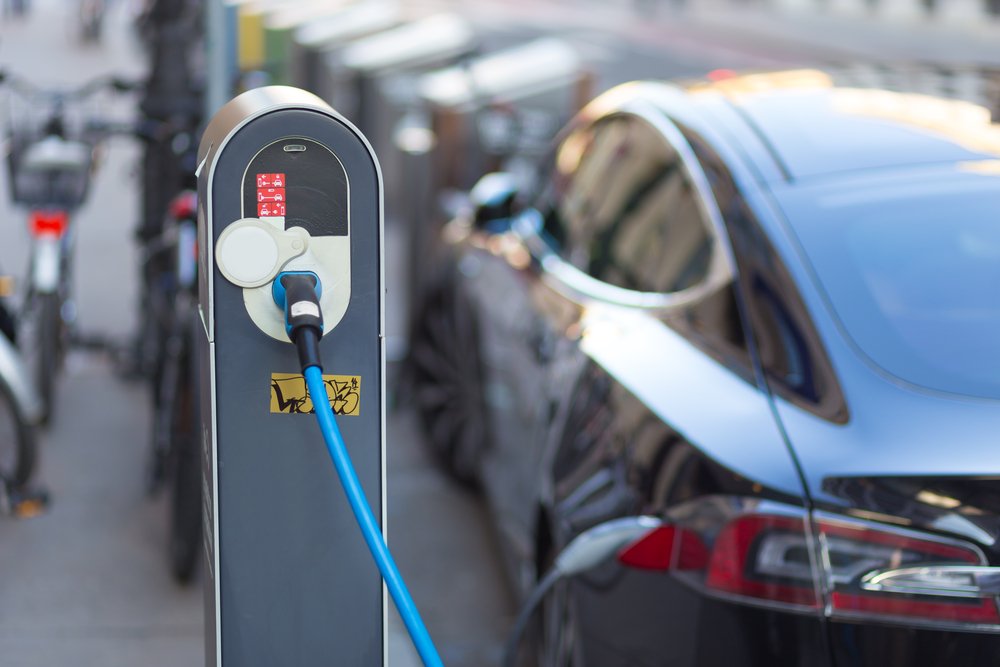The number of charging points in the Netherlands is no longer seen as an obstacle by no less than 79 percent.
Lease drivers who have made the switch to an electric car are increasingly positive about the Dutch charging infrastructure. The fear of standing still with an empty battery in the Netherlands has largely disappeared. There is also a shift to the workplace as the chosen location where they charge their electric car. This has emerged from research by ALD Automotive among lease car drivers.
At the end of last year, ALD Automotive conducted research among 1.583 lease drivers (both private and business lease drivers) into their experiences with electric driving. More than 700 lease drivers who drive fully electrically took part in the study. This shows that they are increasingly positive about the number of charging points in the Netherlands research. For example, where last year 63 percent thought that there were too few charging points in the district, this has now fallen to 51 percent.
Fiscal incentives and the costs of electric driving are the main barriers for (electric) lease car drivers to opt for an electric car again for their next lease car. The number of charging points in the Netherlands is no longer seen as an obstacle by no less than 79 percent. The fear of standing still, the so-called loading stress, has not completely disappeared, but 69 percent are no longer afraid of it. It is also striking that 39% of electric lease drivers see the full energy network as an obstacle to opting for a fully electric car. This is even 59% for non-electric lease drivers.
Apps make this considerably easier for EV drivers. The most used apps in the search for the nearest available charging station are those of providers of charging stations such as Fastned (36 percent) and navigation apps such as Google Maps (24 percent).

Charging at work is increasing
Although 54 percent of lease drivers think that the government invests too little in charging options at companies, more EV drivers have started charging at work this year. Last year, 60 percent of lease drivers charged their electric car at home and 15 percent at work. That is now 49 percent and 25 percent respectively.
“Although it is partly related to the higher energy prices and the energy ceiling, it can certainly be called positive. We notice that employers are increasingly facilitating charging points for employees. This is a great development that helps to relieve the pressure on the energy network in neighborhoods and to accelerate the adoption of electric driving in general.”
Jeroen Kruisweg, general manager of ALD Automotive.
Critical attitude towards government
Although electric drivers are increasingly positive about electric driving, the attitude towards the government remains critical. And that applies to both electric lease drivers and non-electric lease drivers. According to all respondents, the government is not yet doing enough to ensure that the charging infrastructure really matches the growth in the number of electric cars. Many lease drivers still believe that the government invests too little in public charging stations (60 percent compared to 64 percent last year). They also think that too little attention is paid to creating your own charging options, for example in your own driveway (59 percent compared to 63 percent last year). And just like last year, 60 percent think that the costs of charging are not transparent.
“The government is phasing out the tax benefits for electric cars. At the same time, we see prices for electric cars rising. It dampens the enthusiasm of lease drivers to make the switch to EV because costs at the bottom of the line are getting higher and higher. Everything shows that the government should not sit back and relax. Drivers who have made the switch to an electric car are positive. They are in fact ambassadors for the energy transition and we must prevent them from reverting back to fuel cars.”
Jeroen Kruisweg, general manager of ALD Automotive.
smart charging
83 percent of EV lease drivers do not yet use smart charging. A third is not familiar with the principle of smart charging at all. “So there are still opportunities there because the load on the energy network in neighborhoods can be better regulated. As a motorist, you can choose to charge during off-peak hours, which is of course kinder to the wallet. There are even smart charging stations that can charge bi-directionally, which means that you can also feed back into the grid,” explains Jeroen Kruisweg. "Both we as the industry and the government can generate more awareness for this so that it will be used more often."



